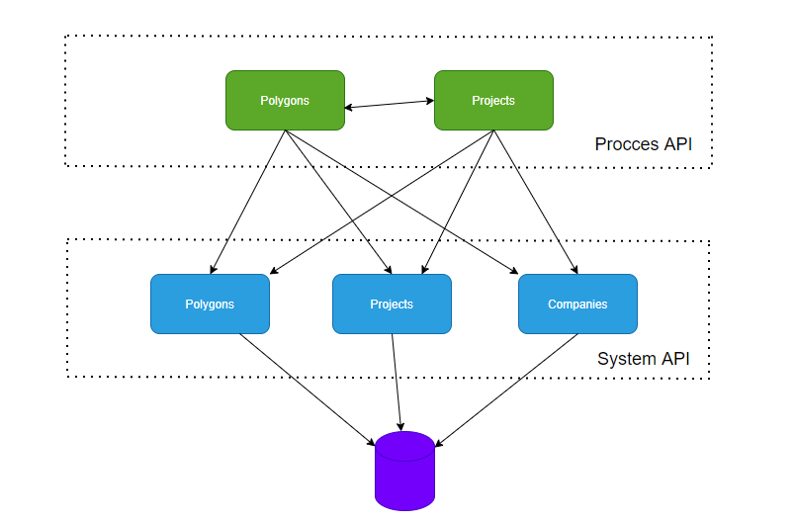Overview & Challenge
The Client is a leading supplier of maritime technology and expert craftsmanship. Driven by innovation, they provide a competitive edge to their worldwide customers in the dredging, offshore, mining and defense industries. Their focus is on delivering reliable, integrated solutions that improve operational efficiency and create a platform for more sustainable performance.
The client faced challenges with their existing integration solution implemented as a Java Spring Boot application. While initially effective, the application’s monolithic architecture hindered maintenance, scalability, and decoupling as the project progressed. Coupled processes complicated releases, making it difficult to verify changes without impacting unrelated functionalities. Fine-tuning the application became problematic, and the migration from Java code to MuleSoft 4 presented its own set of difficulties.
These challenges had significant business implications. The lack of decoupling and independent releases hindered agility, as functional updates required extensive testing and verification across the entire system. Maintenance and scaling efforts became time-consuming and resource-intensive. The limitations of the existing architecture hindered the client’s ability to onboard new team members efficiently, impacting productivity and collaboration.
One specific challenge arose when the application received encrypted credentials in request headers. Decrypting and validating these credentials during runtime required additional processes, including external calls to a storage system. This further complicated the implementation and impacted performance.
Business Implications
The challenge of managing encrypted credentials and the lack of decoupling had direct implications on the client’s operational efficiency and security. Manual decryption and validation processes introduced complexity and potential risks. The coupling of processes affected the scalability and maintainability of the application, resulting in longer development cycles and increased costs.
Solution
To address these challenges, the client opted for a comprehensive solution using MuleSoft. They reimagined their existing Spring Boot application architecture, adopting an API-led approach. This transition allowed for easier maintenance, deployment of new features, and bug fixes. By utilizing JSON as the internal communication data format, the client improved log clarity and simplified troubleshooting.
Implementing a Common Data Model (CDM) across applications ensured consistent log structures, enabling quicker issue identification and resolution. The API-led approach facilitated the decoupling of flows, improving system scalability and reducing dependencies. Additionally, the use of a secure properties tool aided in decrypting credentials and performing validations seamlessly.

Business Outcomes
The solution implemented had positive implications for the client’s business operations. The API-led approach, JSON data format, CDM, and secure properties tool brought enhanced agility, scalability, and maintainability to the integration solution. The streamlined processes and reduced dependencies allowed for faster onboarding of new team members and easier incorporation of new source/target systems. Additionally, secure credential handling minimized risks associated with sensitive data.
By overcoming these challenges, the client positioned themselves for improved productivity, reduced development cycles, and enhanced security. The streamlined architecture and efficient processes enabled the organization to adapt swiftly to evolving business needs, thereby gaining a competitive edge in the market.
Download the full case study to read details about the business results.

